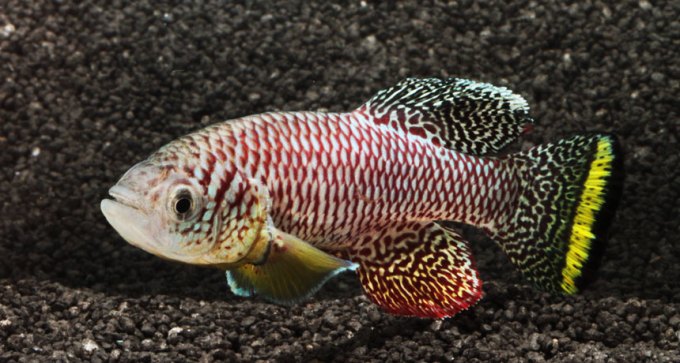‘Poached’ offers a deep, disturbing look into the illegal wildlife trade
In ‘Poached,’ a journalist reports from the front lines of the illegal wildlife trade and shows how conservationists are fighting back.
Every print subscription comes with full digital access

Researchers hope to replace whole animal agriculture and feed the world with lab-made meats or plants.

In ‘Poached,’ a journalist reports from the front lines of the illegal wildlife trade and shows how conservationists are fighting back.

The first country-by-country look at how dirty air affects when we die shows it can have more impact on mortality than breast or lung cancer.

A half-century after the Hong Kong flu pandemic, scientists are getting closer to a universal vaccine.

Scientists and journalists share a core belief in questioning, observing and verifying to reach the truth. Science News reports on crucial research and discovery across science disciplines. We need your financial support to make it happen – every contribution makes a difference.

New experiments that rely on very large machines have begun to probe the weak points of particle physics.

The 28 named tropical storms that swirled through the Atlantic Ocean in 2005 is about as many as the region can produce in a year.

Human antibodies that target key brain proteins cause memory trouble when delivered into mice’s brains.

A new version of the lithium-oxygen battery could pack more energy and last longer than its predecessors.

Birthrates and immunity rates predict the spread of viruses that cause hand, foot and mouth disease.

Fireflies use their flashing lights for mating and maybe even to ward away predators.

The sun spits out more and weirder gamma rays than anyone expected, which could give a new view of the sun’s magnetic fields.

Scientists around the United States are developing programs that can predict harmful algal blooms in advance.

Hormones in the naked mole-rat queen’s poop turn subordinate nest-mates into surrogate parents.

In calculations involving about 2,000 quantum bits, a D-Wave machine reproduced the behavior of exotic substances.

Globally, the estimated number of gun deaths due to homicides, suicides and unintentional injuries went up from 1990 to 2016.

Researchers have measured Newton’s gravitational constant, known as Big G, with the greatest precision yet.

For the first time, scientists accelerated electrons using plasma waves from proton beams.

Analyzing the poppy’s genome reveals the evolutionary history of morphine.

Scientists have used CRISPR’s molecular scissors in beagle puppies to repair a genetic mutation that causes muscular dystrophy.

Minuscule channels connect the skull to the brain’s outer membrane, studies in mice and people show.

Scientists were able to see the abundance of star-forming gas and dust in a giant galaxy from when the universe was less than 2 billion years old.

Hotter, hungrier pests likely to do 10 percent to 25 percent more damage to grains for each warmer degree.

A new sun-powered material could someday melt the ice off airplane wings, wind turbines and rooftops.

Kids born from reproductive technologies such as in vitro fertilization are susceptible to high blood pressure as adolescents, a small study finds.

Graveyard finds may come from an ancient European warrior household with political pull.

New results from NASA’s Juno spacecraft reveal different magnetic behavior in the planet’s northern and southern hemispheres.

A half-century after the Hong Kong flu pandemic, scientists are getting closer to a universal vaccine.

‘The Revolutionary Genius of Plants’ challenges the brain-centered view of intelligence.

The fastest known maturing vertebrate in the lab is even faster in the wild.
Subscribers, enter your e-mail address to access the digital replica edition.